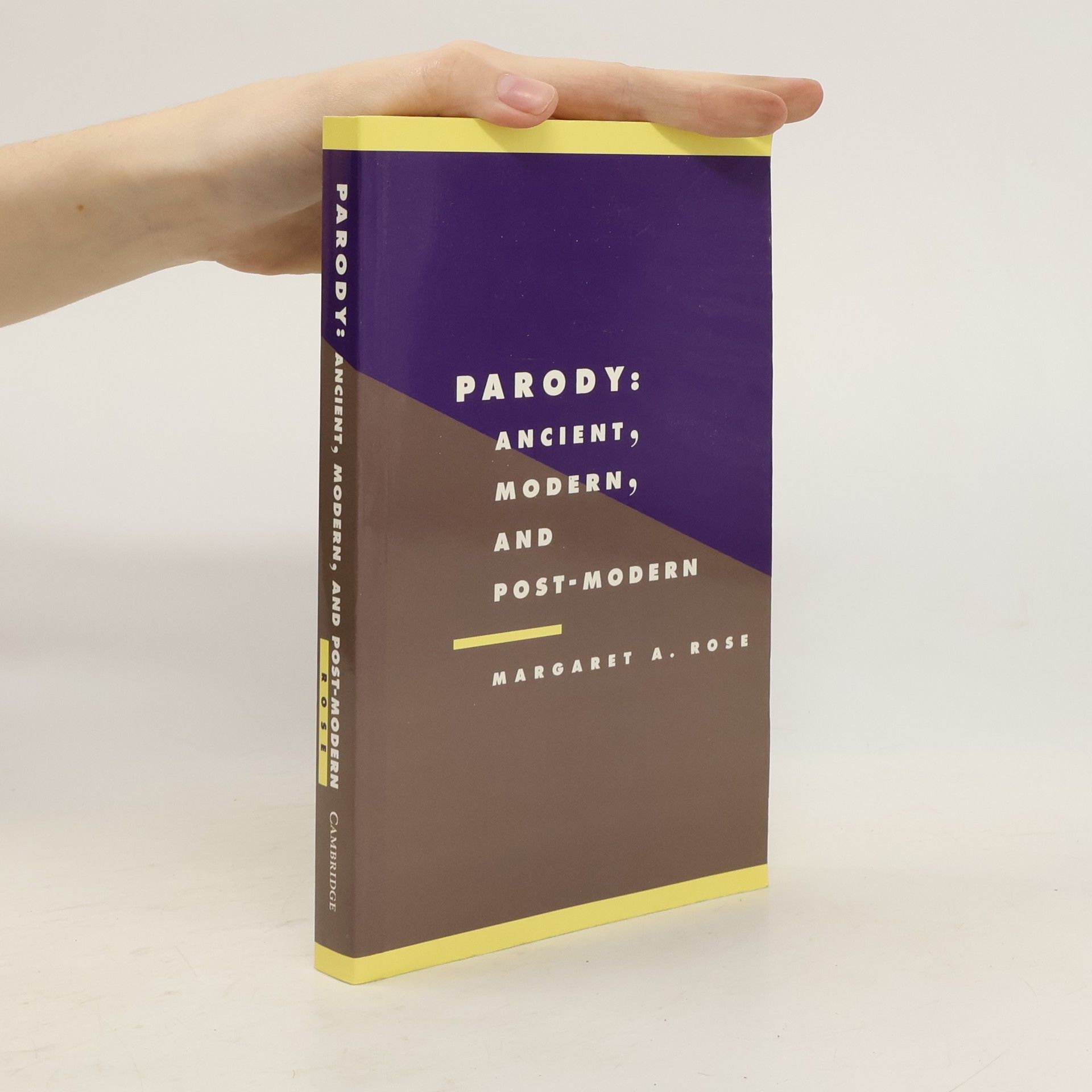Flaneurs & Idlers
Louis Huart: Physiologie du flaneur (1841) - Albert Smith: The Natural History of the Idler upon Town (1848)
- 355pages
- 13 heures de lecture
The Parisian flâneur, a concept popularized by Walter Benjamin, connects to the 19th-century English idler and figures in German literature and cultural theory. Heinrich Heine first introduced the term in articles written in Paris in December 1841, later published in Lutezia in 1854. These articles followed Louis Huart's 1841 publication, Physiologie du flaneur, which has been referenced in studies of the flâneur but has not been republished or fully described recently. Similarly, Albert Smith's lesser-known Natural History of the Idler upon Town from 1848, based on Punch articles from 1842, has also been overlooked. This work aims to remedy that by presenting Huart’s and Smith’s texts in unabridged form, alongside John Leech’s illustrations. Both Smith and Leech were friends of Dickens, and Huart’s work offers context for later writers like Heine, Baudelaire, and Benjamin. Additionally, the 'panoramic' physiologies of Huart and Smith serve as significant examples of 19th-century caricature, parody, and satire, while providing contemporary analyses of the flâneur phenomenon.

